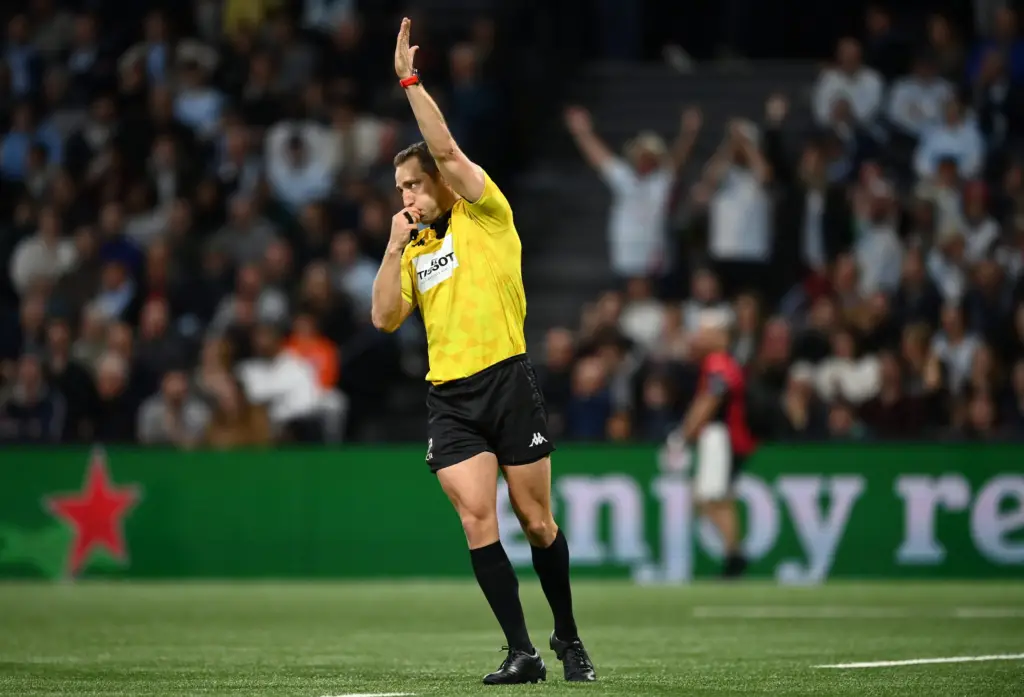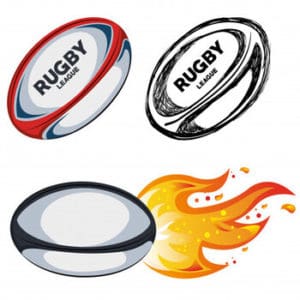
Rugby is a sport of power, precision, and discipline. To ensure fair play and safety, it relies on a comprehensive set of rules enforced by referees. Penalties play a key role in maintaining order on the field, and understanding them is crucial for new fans to follow the game. In this guide, we’ll explore the most common penalties in rugby, their implications, and how they impact the flow of the game.
What Is a Penalty in Rugby?
A penalty in rugby is awarded when a player or team infringes the laws of the game. It provides the non-offending team with various options to restart play, such as kicking for goal, kicking to touch, tapping the ball, or forming a scrum. Penalties often shape the outcome of matches, as they can lead to territorial gains, point-scoring opportunities, or shifts in momentum.
The Most Common Penalties in Rugby
Here are the penalties most frequently seen in rugby, along with explanations of the infringements they address:
1. Offside
Being offside is one of the most common penalties in rugby. A player is offside when they are in front of the ball or the last teammate who played the ball, and they interfere with play.
- Example: A player chasing a kick must remain behind the kicker. If they advance ahead of the kicker and interfere, they’re penalized.
- Impact: The non-offending team usually gains significant territory by kicking the ball into touch or attempts a penalty goal.
2. Not Releasing the Ball
In a tackle, the ball carrier must release the ball immediately after being brought to ground, allowing for fair competition.
- Example: A tackled player holds onto the ball instead of placing it on the ground, preventing the opposition from contesting possession.
- Impact: The opposing team receives a penalty, often resulting in a kick for territory or a quick tap to maintain momentum.
3. Hands in the Ruck
Once a ruck is formed, players are prohibited from using their hands to pick up the ball. They must instead use their feet to push it back.
- Example: A player reaches into a ruck to grab the ball, disrupting fair competition.
- Impact: The non-offending team is awarded a penalty, often leading to a strategic advantage.
4. Collapsing the Scrum
Scrums are highly technical set pieces, and safety is paramount. Collapsing the scrum intentionally or through poor technique is a common infringement.
- Example: A prop pulls the scrum down to disrupt the opposition.
- Impact: The opposing team may choose a scrum reset, kick for touch, or attempt a penalty goal.
5. High Tackle
Player safety is a top priority in rugby. A high tackle, which involves contact above the opponent’s shoulders, is penalized to prevent dangerous play.
- Example: A defender’s arm makes contact with the ball carrier’s neck or head.
- Impact: Depending on the severity, a high tackle can result in a penalty, yellow card, or even a red card.
6. Not Rolling Away
After making a tackle, the tackler must roll away from the ball carrier to allow play to continue.
- Example: A tackler remains on the ground and blocks access to the ball, slowing down the game.
- Impact: The non-offending team gains a penalty, often used to maintain attacking pressure.
7. Entering the Ruck from the Side
Players must enter a ruck from behind the hindmost foot of their last teammate to ensure fair competition.
- Example: A player joins the ruck from the side instead of coming through the gate (the area directly behind the ruck).
- Impact: The referee awards a penalty to the opposing team, disrupting the infringing team’s momentum.
8. Playing the Ball on the Ground
Players who are on the ground are not allowed to play the ball with their hands.
- Example: A tackled player attempts to pick up the ball instead of releasing it.
- Impact: The opposition is awarded a penalty, often gaining territorial advantage.
9. Deliberate Knock-On
A knock-on occurs when a player mishandles the ball, causing it to travel forward. A deliberate knock-on, however, is an intentional attempt to disrupt play by knocking the ball forward.
- Example: A defender intentionally slaps the ball away while attempting an intercept.
- Impact: Depending on the situation, a deliberate knock-on can result in a penalty, a yellow card, or even a penalty try.
10. Collapsing a Maul
Mauls are another physical and strategic element of rugby. Collapsing a maul by pulling it down is dangerous and penalized.
- Example: A defender pulls an opponent to the ground during a driving maul.
- Impact: The attacking team may kick for goal, kick to touch, or form another maul.
11. Obstruction
Obstruction occurs when a player blocks an opponent’s path or impedes their ability to tackle the ball carrier.
- Example: A teammate runs in front of the ball carrier, preventing defenders from reaching them.
- Impact: The opposing team is awarded a penalty, often reversing the attacking advantage.
12. Offside at the Ruck or Scrum
Players must remain behind the hindmost foot of the ruck or scrum until the ball is out.
- Example: A player advances before the scrum-half has passed or kicked the ball.
- Impact: The referee penalizes the offending team, providing an attacking platform for the opposition.
13. Time Wasting
Delaying tactics, such as taking too long to form a lineout or restart play, are penalized to ensure the game flows.
- Example: A team deliberately slows down a restart to disrupt the opposition’s rhythm.
- Impact: The referee awards a free kick or penalty to the opposing team.
How Penalties Are Taken
When awarded a penalty, the non-offending team has several options:
- Kick for Goal: Attempting to score three points by kicking the ball through the posts.
- Kick to Touch: Gaining territory by kicking the ball out of bounds, followed by a lineout.
- Tap and Go: Quickly tapping the ball on the ground to restart play and maintain momentum.
- Scrum: Opting for a scrum to capitalize on forward dominance.
How Referees Enforce Penalties
Referees play a critical role in enforcing penalties. They:
- Use hand signals to indicate the type of infringement.
- Communicate decisions clearly to players and spectators.
- Penalize repeat offenses with escalating consequences, such as yellow or red cards.
The Impact of Penalties on the Game
Penalties can significantly influence the outcome of a match. A single infringement might:
- Lead to a game-winning penalty goal.
- Shift momentum by providing the opposing team with territorial advantage.
- Result in disciplinary action, leaving a team short-handed.
Tips for New Fans Watching Penalties
- Watch the Referee: Pay attention to the referee’s signals and explanations.
- Observe Team Reactions: Notice how teams respond tactically to penalty opportunities.
- Learn Common Signals: Familiarize yourself with the hand gestures for different penalties to follow the game more easily.
Conclusion
Penalties are an integral part of rugby, ensuring fair play and safety while adding a strategic layer to the game. Understanding the most common penalties and their consequences will enhance your appreciation of rugby’s nuances. As you watch matches, keep an eye on the referee’s decisions and how teams adapt—these moments often define the ebb and flow of the game.
